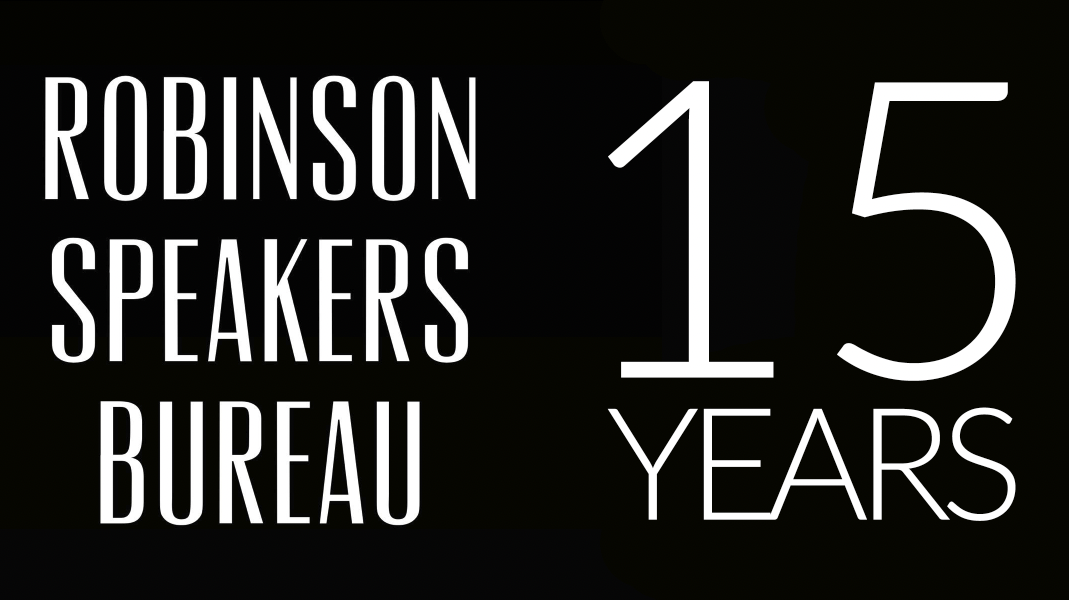
By James Robinson
As businesses worldwide settle into the complexities of hybrid work, we’re facing fresh challenges—and fresh opportunities—in the ways we lead, collaborate, and communicate. Hybrid models may have once seemed a temporary solution, but it’s now clear that this approach is redefining company culture and expectations from top to bottom. At the core of this transformation lies a concept that’s rapidly gaining prominence: digital body language. This seemingly subtle skill is proving to be a critical factor for organizations aiming to thrive in a mixed virtual and in-person workplace.
The Hybrid Model: More Than a Flexible Schedule
What many organizations once dismissed as a pandemic-era convenience is now a permanent fixture of the modern workplace. But hybrid work, it turns out, is far more complex than simply letting employees work from home a few days a week. It’s a model that demands an overhaul of traditional office dynamics, and many business leaders are finding that success depends on redefining culture from the ground up.
Previously, being in the office could often mean greater visibility and influence, with in-room presence lending an unspoken advantage in decision-making processes. But in a hybrid setup, where teams span global locations, leaders are working to ensure that a New York-based employee has equal voice alongside colleagues from Amsterdam, Lagos, and beyond. This shift calls for greater transparency and inclusivity in communications—and that’s where digital body language plays a starring role.
Digital Body Language: The New Communication Skill for Leaders
Digital body language is fast becoming one of the most crucial, albeit underestimated, skills for leaders and teams alike. It encompasses every form of communication that doesn’t rely on physical presence—emails, Slack messages, video calls, even the timing of responses. Nuances once conveyed by tone, posture, or eye contact in a boardroom must now be delivered through typed words and screen presence. Missteps in digital communication are more than small errors; they’re costly misinterpretations with the potential to erode trust, impact productivity, and even damage a company’s reputation.
Take, for instance, the infamous 2017 incident where the former CEO of United Airlines, in response to a PR crisis, issued an impersonal and defensive tweet instead of a sincere apology. The company’s stock value plummeted, costing billions. In today’s climate, this incident illustrates how essential it is to treat digital communications with the same level of thoughtfulness and immediacy as in-person interactions. Leaders need to respond to issues swiftly, with transparency and empathy, and sometimes even revert to a direct phone call for clearer, more human connections when resolving sensitive issues.
The Role of Phone Calls in an Over-Digitized Workplace
While hybrid work is heavily reliant on digital tools, many experts urge a return to basics when it comes to direct, meaningful connections. In a world overwhelmed by emails and messages, the simple act of picking up the phone has resurfaced as an underused yet invaluable tool for clarity and conflict resolution. When conversations risk getting “lost in translation,” a direct call can cut through ambiguity and foster faster resolutions.
This reminder of the “lost art” of phone communication comes with a clear recommendation to use voice over text in certain circumstances, especially when nuance and empathy are critical. Leaders are realizing that while digital tools provide flexibility, the human touch of a phone call can often build trust and prevent miscommunications that could otherwise spiral.
The Hybrid Attire Dilemma: When Casual Dress Codes Go Virtual
The hybrid model hasn’t just changed how we work; it’s also reshaped workplace norms, including dress codes. As virtual meetings blend personal and professional settings, the question of appropriate attire has become a surprising focal point for leaders. While the casual dress seen on video calls often reflects a newfound comfort and flexibility, it can sometimes clash with client expectations or established corporate identity.
Some organizations have responded by setting explicit, albeit flexible, dress standards for virtual meetings, especially those involving external clients. Policies around attire may seem trivial at first glance, but in reality, they underscore a larger conversation about professionalism and how employees represent their companies in a digital-first environment. Dress codes, like all elements of workplace expectations, need to be communicated clearly and consistently to prevent misunderstandings and maintain a cohesive company image.
Communication Mishaps and Recovery Tactics in a Hybrid World
As digital body language becomes more critical, so does the ability to recover from missteps quickly. In a traditional office setting, an ill-timed comment could be softened with a quick clarification over coffee or a hallway chat. But in a digital setting, mistakes can be amplified—and live indefinitely in company inboxes or chat threads.
The advice for leaders? Own up to mistakes swiftly, communicate authentically, and, when appropriate, switch to direct communication channels to avoid prolonged misunderstandings. Speed and sincerity in digital communication are often more effective than attempting perfection, particularly when resolving conflicts or clarifying a mistake.
Setting Standards for Hybrid Teams Without Micromanaging
Successful hybrid work requires clarity, structure, and a unified approach across teams. For leaders, that means carefully balancing autonomy with clear expectations. This is particularly relevant when determining the frequency and purpose of in-office days. Some companies have implemented structured in-office days, ensuring teams are physically together for key meetings and collaborative sessions. Others have embraced entirely flexible setups but with specific guidelines to ensure that important interactions aren’t lost in the shuffle.
Leaders are also encouraged to adopt an inclusive approach, respecting that some employees work best in an office environment while others thrive remotely. Setting a hybrid policy without catering to these differences risks alienating parts of the workforce. Importantly, ensuring that performance metrics aren’t biased toward in-office visibility helps prevent remote employees from feeling sidelined.
Rethinking Performance Reviews: Avoiding Bias in a Hybrid Model
Performance reviews in a hybrid world must also adapt to prevent unintentional bias. In the past, a “face time” culture rewarded those who were frequently visible in the office. Today, if leaders don’t consciously address this, remote employees could be unfairly disadvantaged, even if they’re achieving their goals. As a result, many companies are moving towards outcome-based evaluations, where contributions are measured by actual results rather than presence.
This shift is more than an operational change; it’s a cultural shift. Leaders are tasked with rooting out any subconscious bias in their assessment methods, ensuring that all employees—whether remote, in-office, or hybrid—are evaluated fairly and based on measurable achievements.
Moving Forward: Practical Resources for Leaders
With hybrid work set to stay, many companies are investing in resources to help their teams adapt. From digital body language training programs to toolkits that outline best practices for virtual communication, organizations are prioritizing skills that were once considered “soft” but are now essential. As 2024 progresses, it’s clear that the companies that thrive will be those that embrace these new skills, fostering an inclusive culture that blends the best of remote and in-person work.
The era of hybrid work is redefining leadership, challenging us to rethink traditional norms, and demanding a level of agility and empathy not previously required. For companies willing to innovate and adapt, the hybrid model offers a wealth of opportunities. It’s not just about where we work but about how we connect, communicate, and lead in a digital-first world.
Rated as one of the world’s top female keynote speakers on teamwork and innovation, Erica has shared her insights with millions around the globe, including audiences at the World Economic Forum at Davos, CEOs of Fortune 500 companies, and academic institutions like Harvard and MIT, where she began her career as a research fellow.
